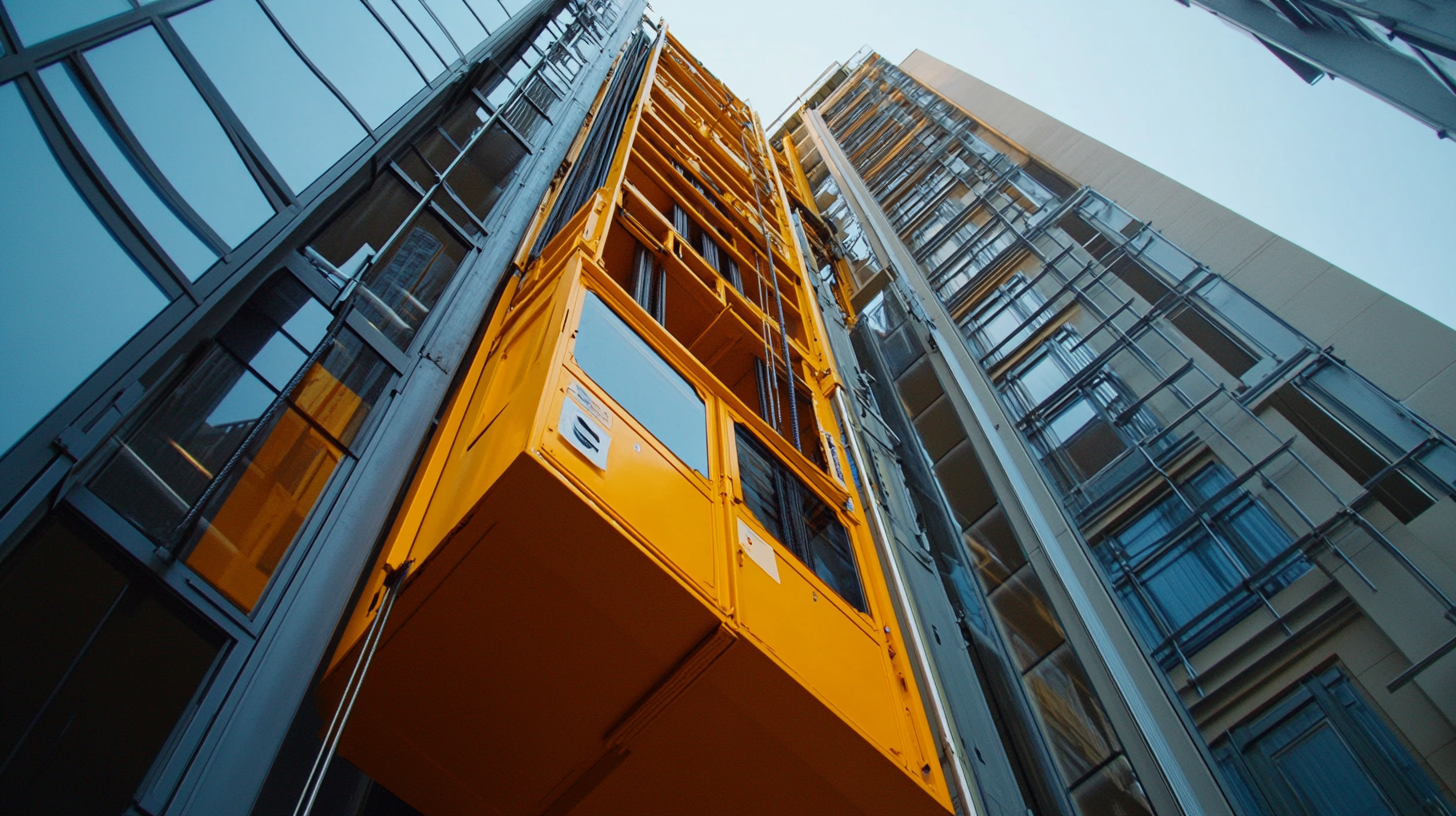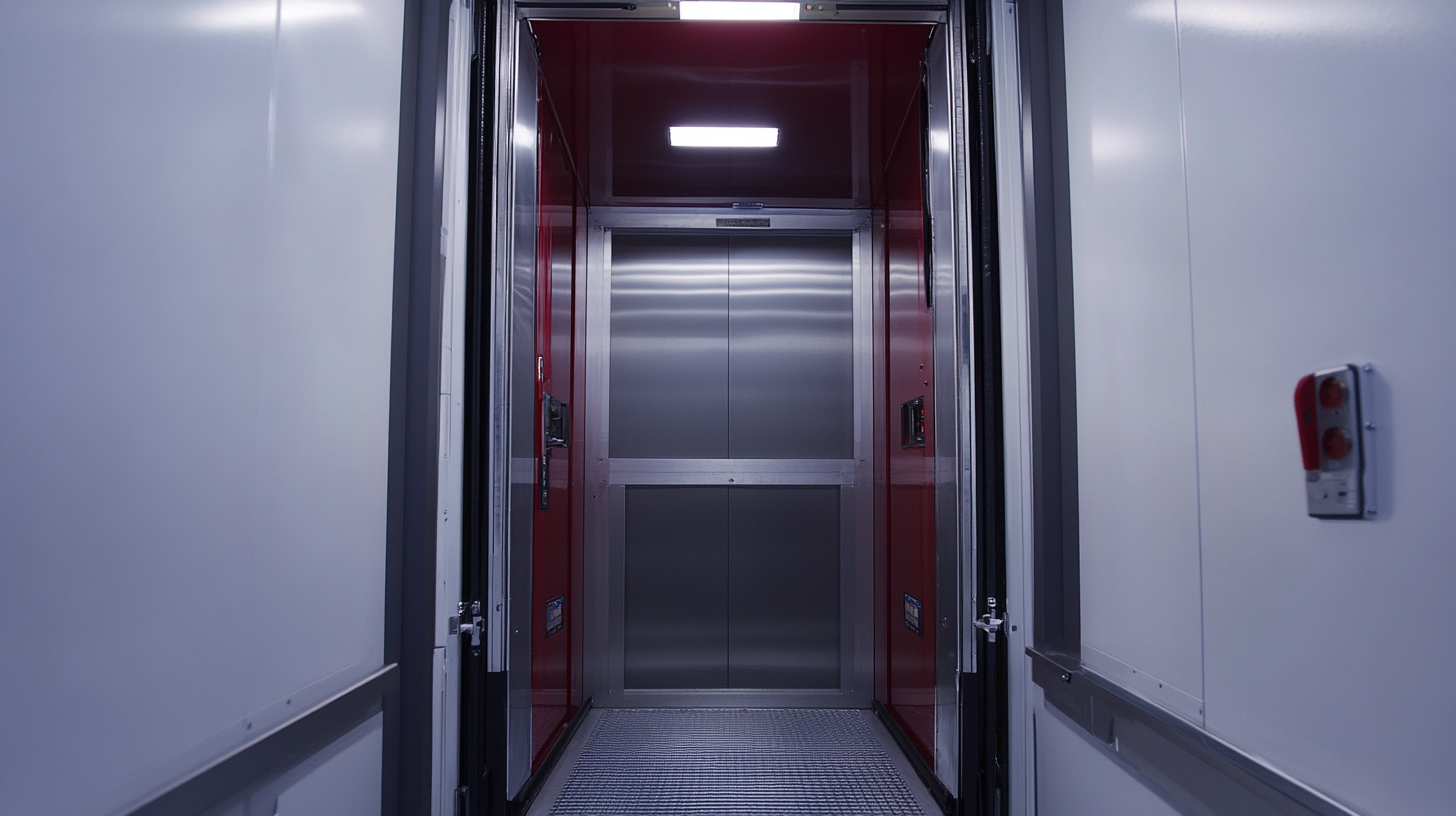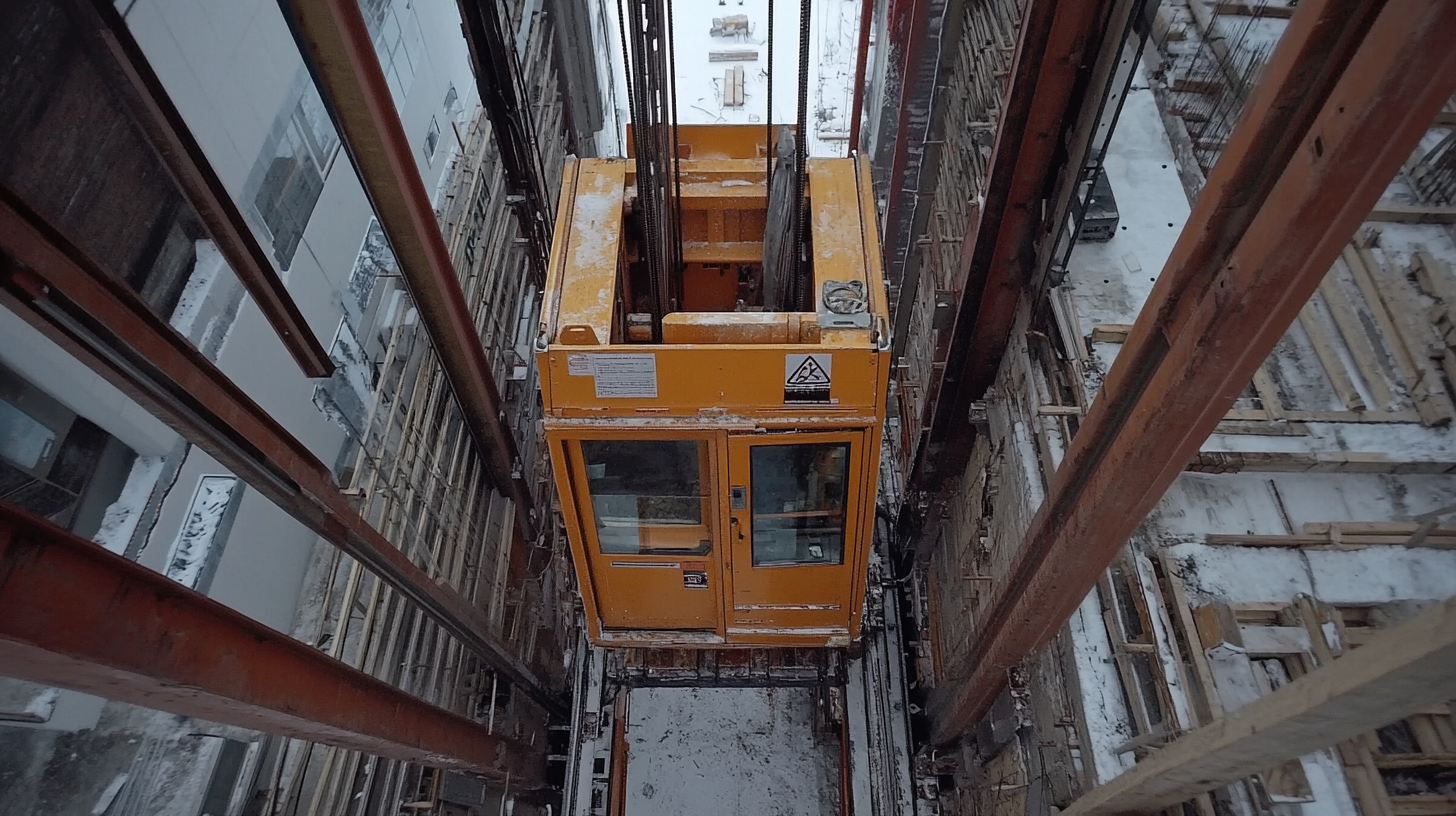Maximizing Efficiency in Construction Projects with Effective Lift Rental Strategies
Construction has become a world of fast tracks where meeting the deadlines and managing the budget is tops in importance and efficiency is the name of the game. A major aspect that many overlook but can make or break your time on a project is the way in which lift rental or hoist rental might be strategically utilized in a project. Construction managers can amplify productivity and facilitate operations by removing unnecessary downtime while taking advantage of selecting the right kind of rental provider along with an appropriate lifting equipment. This blog discusses some strategies for effective lift rentals that can assist the project teams in maximizing their workflow and completing their tasks on schedule, making sure that the whole process flows.
Lift rentals are becoming a notable part of project planning these days, for any amount of height that is required in a project-from normal buildings to specialized installations. With the increasing complexity of construction projects, many lifting solutions are required either for vertical height in high-rise buildings or commercial developments. Efficient lift rental strategies would, therefore, not only include the provision of access to a diverse variety of equipment within flexible scaling to met project requirements but would also concern considerations on where to find the necessary lift rental services, the benefits of forward planning, and aligning rental selection with the broader objectives of the project to achieve maximum efficiencies.
Does maximum output come possible without effective time use? Certainly, not, as with construction, deadlines are a priority-they eat up everything else. The best performance can go to waste; if finished before time, it will not be desired as work would have to be completed before it is constructed. One area where time may be saved on a building project is in strategic use of lift rental services. By having the right kind of careful planning in the selection of all relevant lifting equipment and choosing the proper lifting rental provider, construction managers can bring a boost into productivity and facilitate operations and reduce wastage in down time. This blog discusses some strategies concerning effective lift rentals, which may support project teams in maximizing their workflow and completing their tasks in perfect time, thus running the entire process smoothly.

Identifying the Right Lift Equipment for Your Project Needs
Selecting the correct lift equipment for your specific needs is one of the most critical considerations you make when it's time for a construction project. The type of lift that you choose has an impact on the effectiveness of the operations as well as the safety and overall expenditure for the project. It is vital to consider the unique demands of your site and your work before you make the decision. As an example, if lifting objects that have mass at a greater height is involved in your project, it might be best to use telehandlers or rough-terrain forklifts because they are more versatile and get the job done on uneven ground. In tight spaces, areas whereby maneuverability is the order of the day, then compact aerial lifts would best do the job for you. One must analyze both physical aspects such as required load capacity, reach, etc., and environmental considerations such as type of terrain and space constraints associated with it. Also, with the advancements in lift technology, improvements in project results are possible. Contemporary lifts are fitted with fuel-efficient engines, smart controls, and safety features meant to offer productive performance combined with very little running operating costs. Usually, you can maximize utilization time while minimizing downtime, courtesy of the collaboration with more reputable lift rental companies who provide insights and access to a wider fleet that matches your needs on-site for efficient transport from one point to another.

Evaluating Lift Rental Companies for Reliability and Cost-Effectiveness
When a construction project kicks off, it is vital to consider the right lift rental company to be successful. Reliability and cost-effectiveness are two focus points that should govern your choice. A lift rental service is expected to be reliable to offer timely delivery of the equipment and support within the rental period through the maintenance or emergency service. The past performance of a lift rental company regarding on-time delivery and quality of customer service are key points to consider to qualify the service for your project. Online reviews and reference requests will provide great insight into their reliability.
Cost-effective does not only mean comparing rental rates. It means understanding the total cost of ownership with aspects like delivery charges, maintenance, and potential penalties for late returns or damages included. Companies that are transparent with pricing and rental terms provide a lot of opportunities for avoiding unexpected costs. The condition of the equipment also needs to be mentioned. This may pose a case for higher rentals for newer lifts having advanced features for the sake of safety and efficiency on-site, thereby saving you money. Thus, on the basis of reliability and cost-effectiveness, the construction manager can evaluate the lift rental companies to permit informed decisions that will enhance project efficiency and ensure smooth operations.

Enhancing Project Coordination Through Strategic Lift Scheduling
Devising effective lift schedules is exceptionally critical for enhancing project co-ordination during construction. According to the Construction Industry Institute, delays in construction projects can frequently be attributed to inefficient equipment utilization. Studies indicate that through mishandling equipment and unplanned downtime, as much as 30% of project time is wasted. By strategically scheduling these lift rentals, construction managers will then optimize- workflow, and reduced idle time would create a timely project delivery.
Lift availability needs to mesh with anticipated peak construction periods in order to maximize efficiency. The American Society of Civil Engineers makes the telling point that a lift rental plan integrated into the overall schedule will help minimize conflicts and ensure operators and workers have the exact equipment available just when they need it. By employing real-time tracking systems, teams can additionally know how to track lift usage and availability, to further streamline operations. Reports indicate that projects having implemented technology for scheduling lifts also have their productivity increased by close to 25%.
The effectiveness of lift scheduling not only improves communication and logistics, but also safety in construction sites. OSHA data illustrate that equipment accidents result in considerable rates of injuries in construction industries. The strategic scheduling of lifts makes it possible for workers to perform tasks in a way that is somewhat safer and accident-free, compared to doing it haphazardly or in a hurry. Such advancement as proactive lift management will not only bring about efficiency improvements, but ultimately a safer working environment, which carries the highest importance for construction sites.

Implementing Safety Protocols in Lift Operations on Construction Sites
The implementation of safety protocols during lift operations on construction sites is necessary for minimizing risks and ensuring smooth running of the project. Lift operation is one of the activities onsite among many other activities that occur simultaneously and requires specific safety considerations. Safeguards to handle those issues must include full training of personnel involved in lift operations who understand the equipment being used and emergency procedures. Periodic safety drills can reiterate that information so that a culture of safety awareness can be established among workers.
In addition, inspections and maintenance of lift equipment are important aspects of the safety plan. These should occur regularly and include following all guidelines of the manufacturer to avert any mechanical failure leading to an accident. Accordingly, the starting point for any lift operation should include a risk assessment to identify hazards and procedures and measures to control those hazards. Communication between site workers must be established to ensure that everyone is aware of lift movements and stop points. Such coordination would avert accidents and heighten safety on the site.
The provision of personal protective equipment (PPE) and adherence to site-specific safety regulations is also pertinent. Workers should be provided with and wear building-specific PPE, like hard hats and harnesses while working at height. All of these things should be considered as foremost safety issues to ensure less likely accidents, thus smoother lift operations and successful delivery of the construction project.
Tracking and Managing Lift Usage for Optimal Project Efficiency
Efficiency becomes very critical, especially in construction; it is here it will tell to effective lift usage management; it is among positive violence of this project since it results in less downtime and more productivity from work. Implementation of systematic planning, tracking, and managing lift rentals can be a component in effective use of resources to catch bottlenecks before they hit project timelines, contributing to the effective delivery of the construction manager's brief.
Real-time monitoring via these technologies renders deep insights into both the operation hours of the lift and the time where the lift is too busy lifting loads to call up the periods of less utilization. Such analysis will enable an informed decision to be made by construction managers on whether or not to review rental agreements or maintenance schedules for servicing during off-peak periods. All in all, the lift usages is modeled into the overall project management systems, with better communications among team members, for coordination in securing the lift's availability for most critical usage.
And finally, training for the workforce on the best lift operation will instill good safety and efficiency across the board: when employees understand much about the capabilities and limitations of the lift, concern optimizes lift deployment for initial activities on the project. This proactive lift management thus decreases such delays and builds up a culture of accountability and efficiency throughout the site, leading to a smoother delivery of construction tasks and ultimately to the project's overall success.